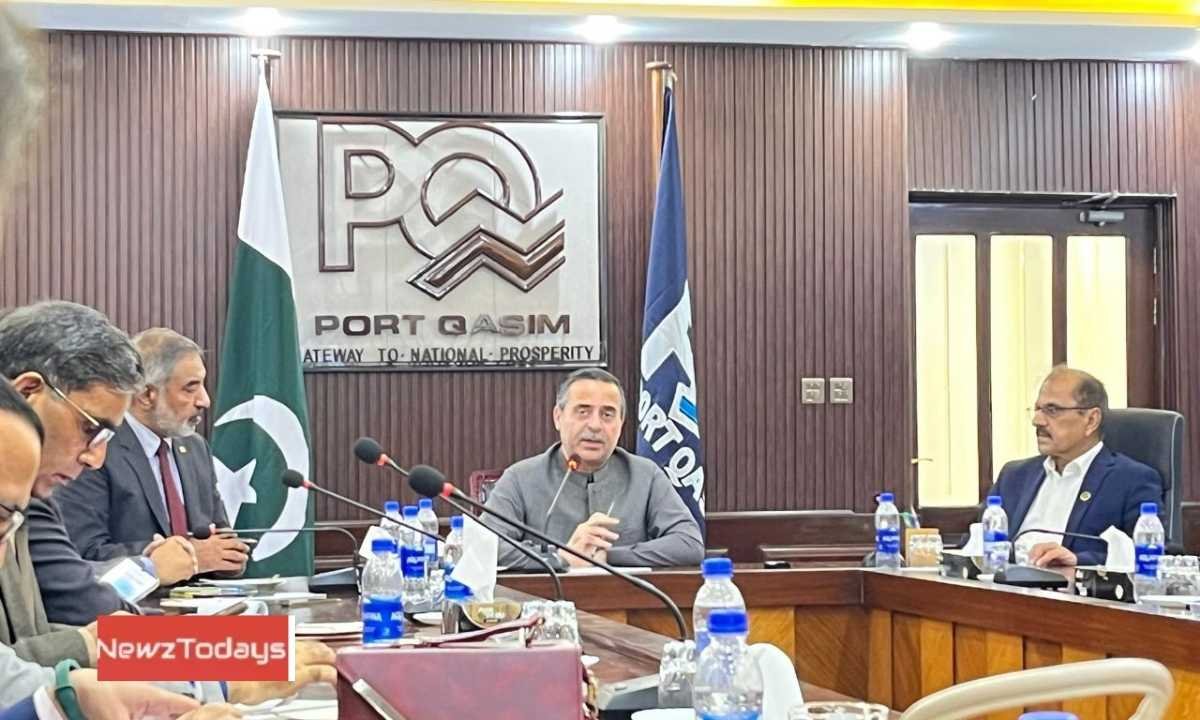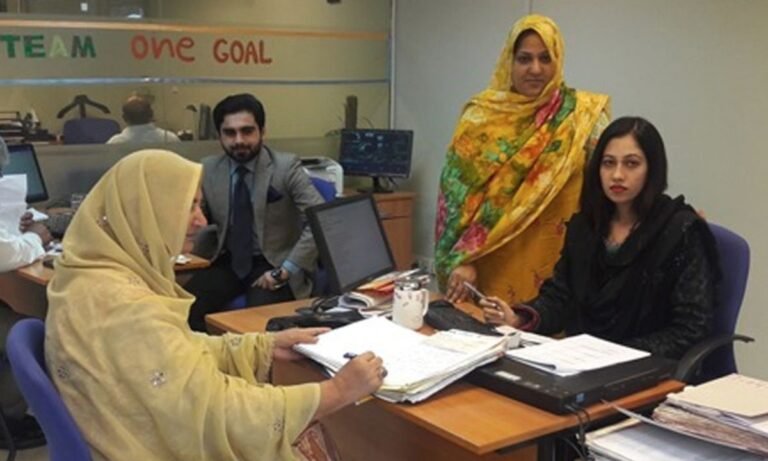Port Qasim to drive $50bn revenue under modernization plan
Federal Minister for Maritime Affairs Muhammad Junaid Anwar Chaudhry announced plans to transform Port Qasim into a full-fledged maritime-industrial ecosystem capable of contributing half of Pakistan’s $100 billion national revenue target. The initiative marks a major shift in the port’s role from a logistics hub to a driver of industrial growth and sustainability.
Speaking at a ceremony in Karachi on Monday to mark Port Qasim’s recognition as the world’s ninth most improved container port, the minister said the achievement reflected the success of ongoing modernization and management reforms. He noted that Port Qasim’s performance score had improved by 35.2 points, citing gains in cargo handling efficiency, reduced dwell time, and adoption of digital management systems.
Read More: Govt to set up company for Gwadar Port in Pakistan
Junaid Chaudhry said the government aims to expand Port Qasim into a regional trade and industrial gateway through infrastructure upgrades, industrialization, and green maritime initiatives.
The port’s industrial complex and strategic location along major shipping routes, he said, positioned it to deliver a large share of the national revenue target while enhancing export competitiveness.
A central pillar of the plan is the creation of Pakistan’s first “Sea-to-Steel Green Maritime Industrial Corridor”, a $13 billion initiative designed to revive Pakistan Steel Mills and integrate maritime logistics with domestic steel production.
In its second phase, the government will establish an Integrated Maritime Industrial Complex (IMIC) at the Iron Ore and Coal Berth terminal, linking ship recycling facilities with steel manufacturing to promote sustainable, circular industrial growth. The “Steel-to-Green Sea” project will be jointly implemented by the Ministries of Maritime Affairs and Industries.
The minister added that the Port Qasim Authority (PQA) is executing multiple expansion projects, including new multipurpose and container terminals, the Port Qasim Special Economic Zone (PQSEZ), and the introduction of green technologies to reduce emissions. Dredging operations, advanced cargo handling systems, and enhanced digital connectivity are also underway to improve efficiency and trade facilitation.
According to the Maritime Affairs Ministry, the PQSEZ will function as a modern industrial and logistics hub, attracting both domestic and foreign investment. Improved connectivity through upgraded road, rail, and communication infrastructure is expected to lower logistics costs and bolster Pakistan’s trade competitiveness. Energy-related projects such as LNG terminals and power plants within the port area are also contributing to industrial output and energy security.
Reaffirming the government’s commitment to maritime-led growth, Junaid Chaudhry said the modernization of Port Qasim was central to the country’s long-term economic strategy. “The vision is to make Port Qasim not just a cargo-handling facility, but a comprehensive maritime-industrial ecosystem powering Pakistan’s future growth,” he said.
Economists note that maritime development remains vital to Pakistan’s industrial policy, as ports handle over 90% of the country’s external trade. With Port Qasim’s planned expansion and the revival of the steel sector under the Sea-to-Steel corridor, the government aims to position the maritime sector as a cornerstone of Pakistan’s industrial resurgence.





